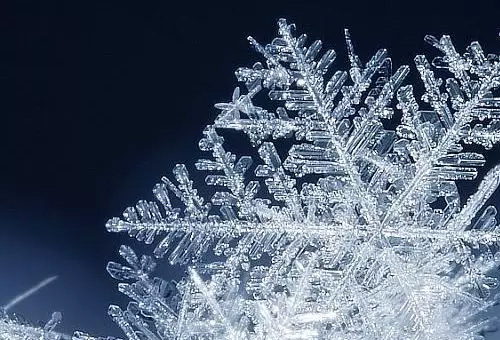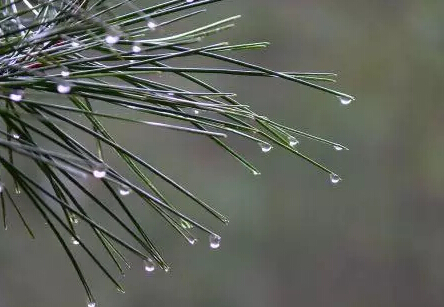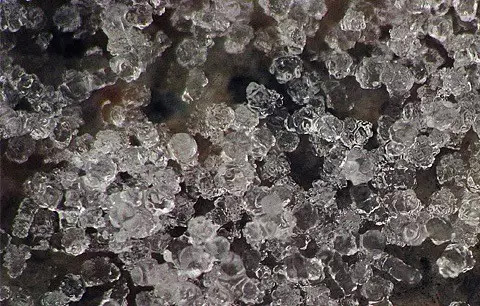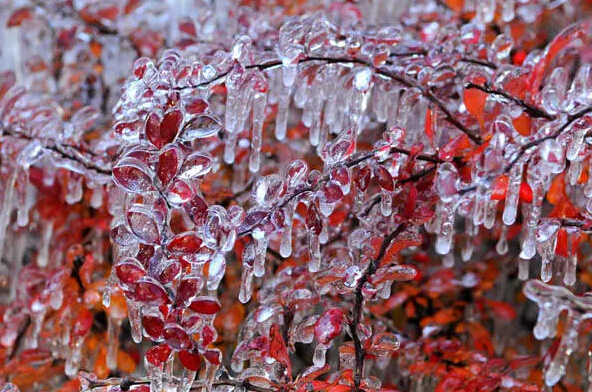At the turn of winter and spring, the temperature rises and falls, and cold air and warm and humid air frequently fight. Will it rain or snow when they meet in a narrow road? Come on, let’s talk about it.
First of all, whether it rains or snows, it will fall from the sky. So what are they like at high altitude? Generally speaking, the higher the altitude, the lower the temperature, so the precipitation usually exists in the form of solid, that is, snow or ice crystals. Whether it rains or snows is simply determined by the low-altitude temperature.

Well, there is such a small snowflake, which collides and condenses in the sky, and finally it is too fat to hold the atmosphere and has to fall from the sky. If she has been "cold-shouldered" in the process of falling, and the temperature is below 0℃ all the way, then she can keep her shape well and fall as a small snowflake. At this time, some people saw it and said, "Yanshan snowflakes are as big as seats." Some people also sang, "If catkins are not due to the wind." Others joked, "The yellow dog is white and the white dog is swollen."
Or this little snowflake. It was "warmly received" in the process of falling, and the temperature was higher than 0℃, so she melted while falling, and when it fell to the ground, it changed into a "vest" and became a small drop of water, and people said, Oh, it’s raining! !

However, the reality is often not so simple. The small snowflake is not smooth sailing in its falling process, and it will also taste the "cold and warm" of the world. Sometimes it just melted a little, but it was not completely melted. When it reached the ground, it was frozen again, thus ice particles were produced, and the scientific name was xian. Unlike hail, it belongs to a close relative of snowflake, and usually appears before or when it snows.

The more complicated situation is freezing rain, which is a common weather phenomenon in Guizhou, Hunan and other places in winter. In the process of falling, the small snowflake first melts into water droplets, and after falling for a while, the temperature drops below 0℃. It should be condensed into ice crystals or ice particles, but because there is no frozen nucleus to attach, it can only continue to maintain the shape of water droplets. At this time, its "body temperature" is lower than 0℃, which is called "supercooled water droplets". The most remarkable feature of this alienated water drop is instability. When it falls to the ground in the form of rainfall, it will quickly condense into ice on its surface when it meets objects below 0℃.

All of the above are discussed for a single small snowflake. In the actual process of rain and snow, there are tens of millions of small snowflakes, which are distributed at different heights and located in different areas. Some are close to cold air and some are warmer, and they will encounter different situations and develop different changes in the process of falling.
It snows easily in winter and rains more in summer. In winter, it’s hard to see the trace of snow in the northland, thousands of miles of ice, and Wan Li, and in South China without winter. The temperature in the middle and lower reaches of the Yangtze River is high and low, and the fluctuation is large, so the form of precipitation will become extremely complicated.
(Source: Editor of Central Meteorological Observatory: Wang Ruojia)
关于作者